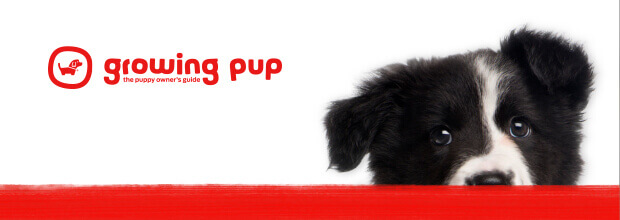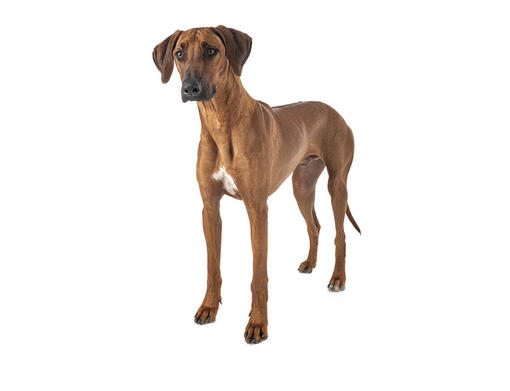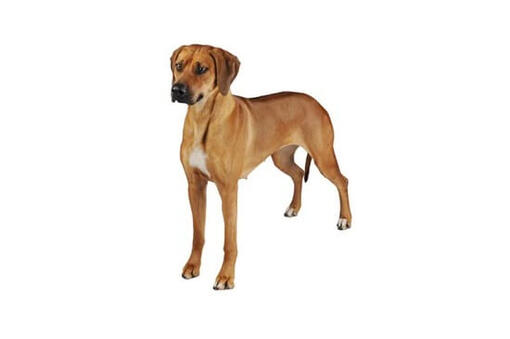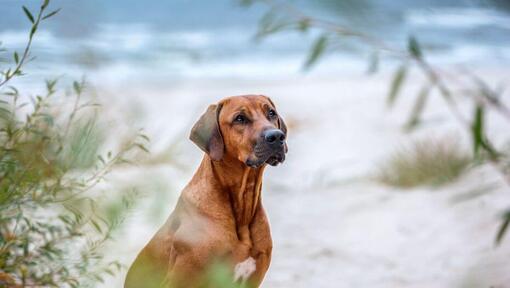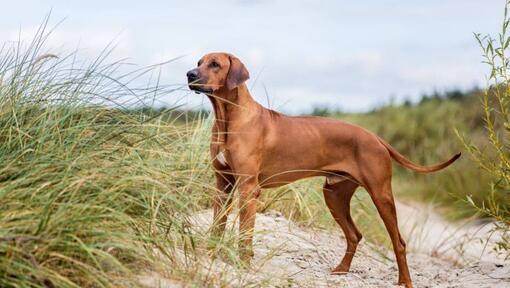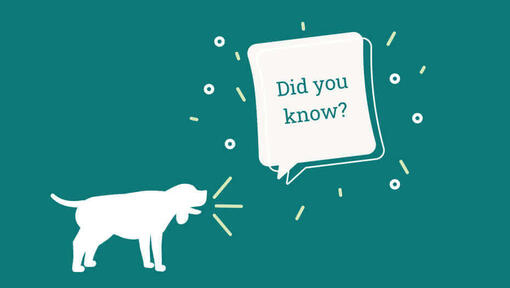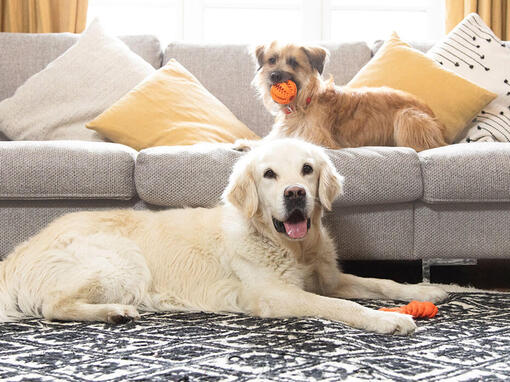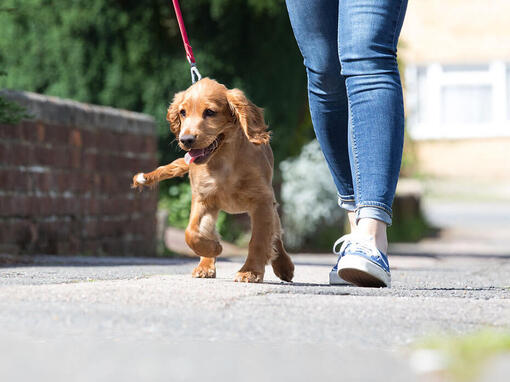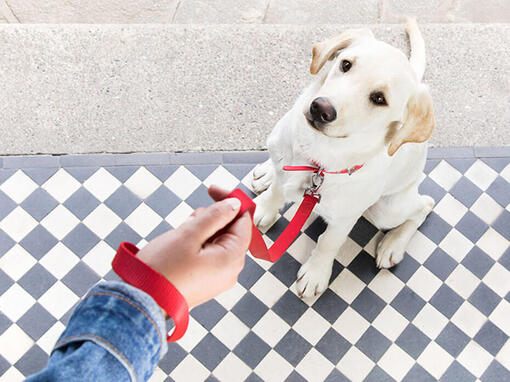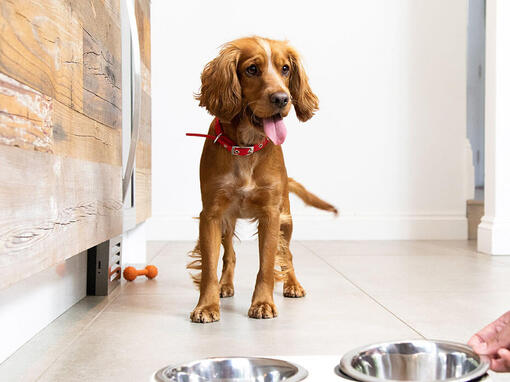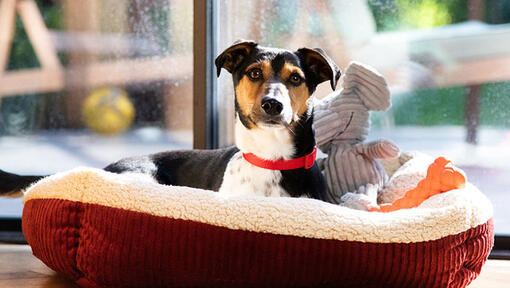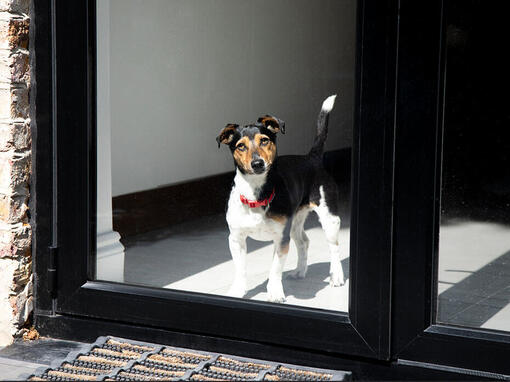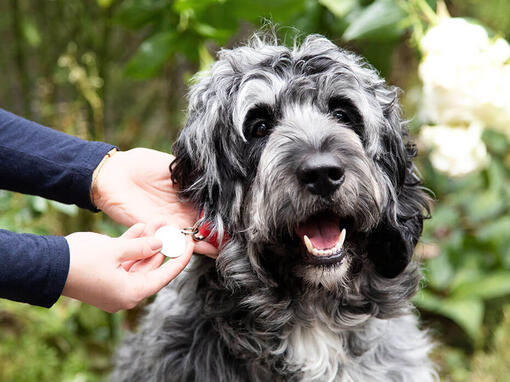A versatile, athletic hound, the Rhodesian Ridgeback is distinguished by a ridge that runs down his back where the hair grows opposite the coat. This loyal, courageous and intelligent breed is an exceptional companion and watchdog. Sociable and affectionate, the Rhodesian Ridgeback has an innate desire to be close to his human companions. His sleek, glossy coat sheds lightly and requires minimal grooming.
DID YOU KNOW? The Rhodesian Ridgeback is also called the African Lion Hound because the breed originally was used to hunt lions in South Africa.
ALSO KNOWN AS: African lion dog, African lion hound


